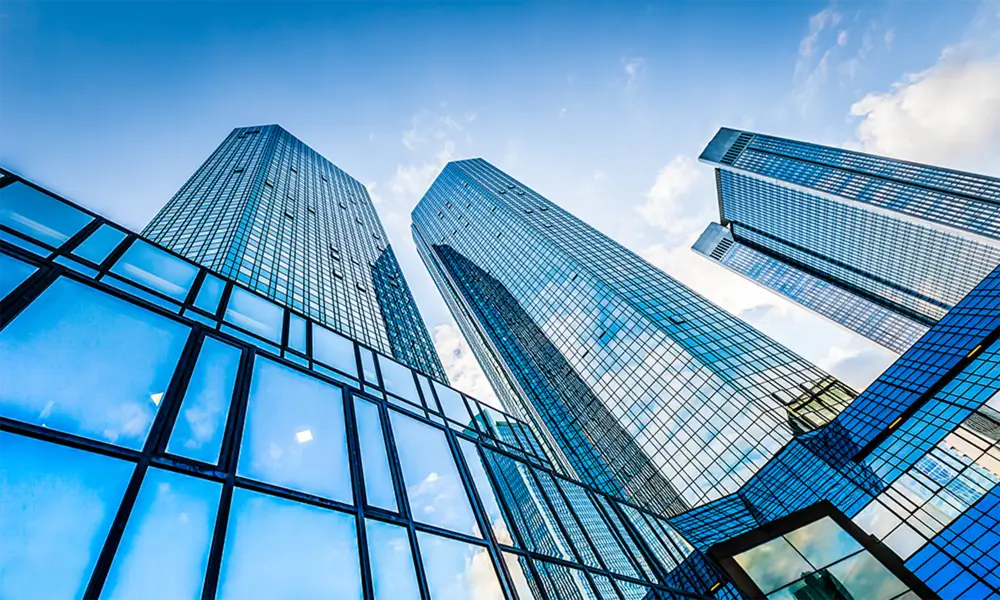

Understanding Low-E 272 Glass A Key Innovation in Energy Efficiency
In today's world, where energy conservation is more critical than ever, Low-E (Low Emissivity) glass has emerged as a significant innovation that helps in enhancing energy efficiency in buildings. Among various types of Low-E coatings, the Low-E 272 glass stands out for its unique properties and benefits, making it a popular choice in both residential and commercial applications.
Low-E glass is treated with a microscopically thin, transparent coating that reflects heat while allowing natural light to pass through. The “272” in Low-E 272 glass refers to the specific performance characteristics of this type of glass, particularly its balanced ability to control solar heat gain while maintaining high visibility and light transmission. This makes it particularly effective in various climates and architectural designs.
How Low-E 272 Glass Works
The primary function of Low-E 272 glass is its ability to minimize the amount of infrared and ultraviolet light that passes through the glass while maximizing visible light. This is accomplished through a special coating made with silver, which effectively reflects heat back to its source. In colder months, this means that the warmth generated inside a building is retained, reducing the need for heating. Conversely, during the warmer months, it reflects solar radiation away, keeping indoor spaces cooler and less reliant on air conditioning.
One of the significant advantages of Low-E 272 glass is its impressive solar heat gain coefficient (SHGC). This measurement indicates how much solar radiation can enter through the glass. Low-E 272 usually falls within a range that provides an ideal balance for both energy efficiency and comfort. It typically offers a high visible transmittance (VT), allowing natural light to enter while reducing glare, which is crucial for creating pleasant indoor environments.
Benefits of Using Low-E 272 Glass

1. Energy Efficiency One of the main benefits of Low-E 272 glass is its contribution to energy efficiency. Buildings equipped with this advanced glazing system can substantially reduce heating and cooling costs. This not only saves money but also contributes to lower carbon footprints, making it an eco-friendly choice.
2. Comfort and Aesthetics The high visible light transmittance allows for well-lit interiors, creating a comfortable ambiance without the harsh glare often associated with traditional glazing. This aspect makes Low-E 272 glass particularly attractive for commercial buildings, where natural light can enhance productivity and mood.
3. UV Protection Low-E 272 glass also offers protection against harmful ultraviolet rays. These rays can cause fading in furniture, carpets, and other interior finishes. By blocking a significant portion of UV radiation, this glass helps in preserving the integrity and aesthetics of indoor spaces.
4. Versatility Low-E 272 glass is versatile and can be used in various applications, including windows, doors, and curtain walls. It can be integrated seamlessly into different architectural designs, meeting both functional and aesthetic requirements.
5. Sustainability By using Low-E 272 glass in construction, builders and homeowners contribute to the sustainability of their projects. The reduced energy demand not only lowers utility bills but also decreases the reliance on fossil fuels, supporting global efforts to combat climate change.
Conclusion
In conclusion, Low-E 272 glass represents a significant advancement in glazing technology, blending energy efficiency with aesthetic elegance. Its unique properties enable buildings to achieve greater comfort while minimizing environmental impact. Whether for a residential home or a large commercial structure, incorporating Low-E 272 glass into architectural designs offers a smart and responsible choice for builders and homeowners alike. As we continue to seek sustainable solutions in our architecture and design, innovations like Low-E 272 glass pave the way for a greener, more energy-efficient future.